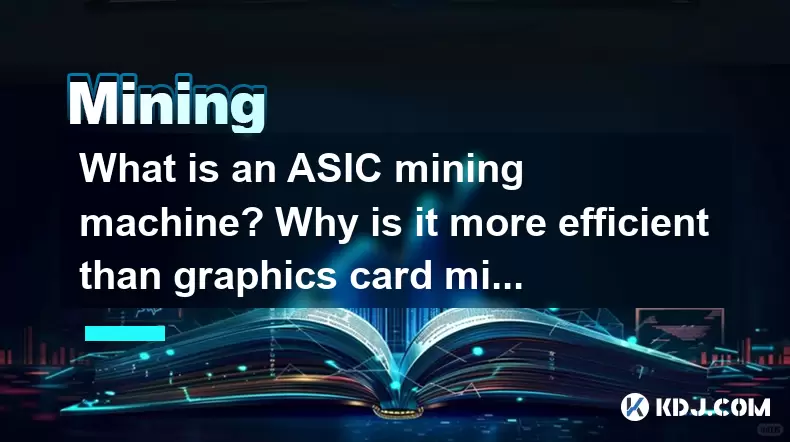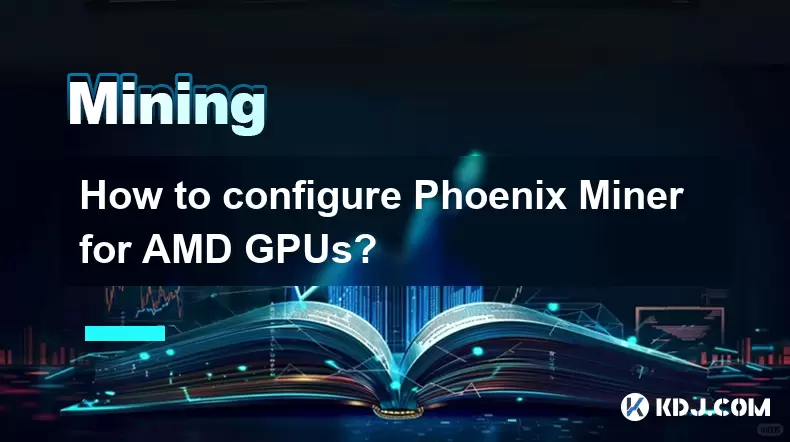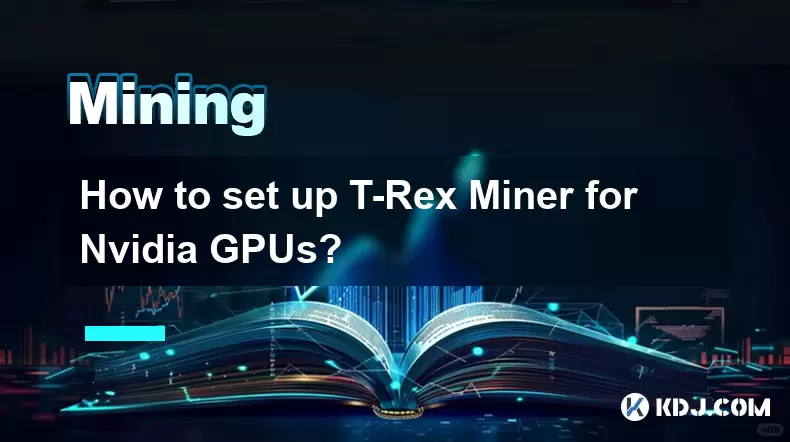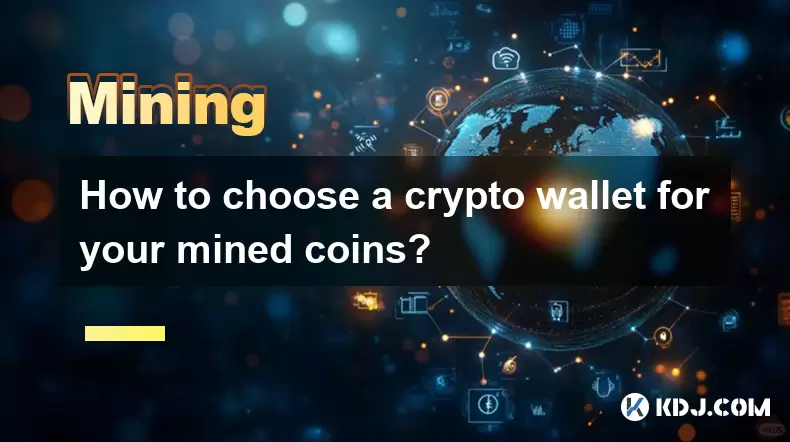-
 Bitcoin
Bitcoin $118300
0.75% -
 Ethereum
Ethereum $4544
3.21% -
 XRP
XRP $3.128
-0.31% -
 Tether USDt
Tether USDt $1.001
0.02% -
 BNB
BNB $861.4
3.94% -
 Solana
Solana $192.2
3.12% -
 USDC
USDC $1.000
0.01% -
 Dogecoin
Dogecoin $0.2332
0.92% -
 Cardano
Cardano $0.9702
6.55% -
 TRON
TRON $0.3513
-0.44% -
 Chainlink
Chainlink $24.69
14.60% -
 Hyperliquid
Hyperliquid $47.42
1.65% -
 Stellar
Stellar $0.4307
0.74% -
 Sui
Sui $3.826
3.32% -
 Bitcoin Cash
Bitcoin Cash $590.6
0.12% -
 Ethena USDe
Ethena USDe $1.001
-0.01% -
 Hedera
Hedera $0.2560
2.83% -
 Avalanche
Avalanche $24.84
4.94% -
 Litecoin
Litecoin $122.0
2.95% -
 Toncoin
Toncoin $3.493
0.20% -
 UNUS SED LEO
UNUS SED LEO $9.460
-1.09% -
 Shiba Inu
Shiba Inu $0.00001316
2.12% -
 Uniswap
Uniswap $11.19
2.94% -
 Polkadot
Polkadot $4.059
3.61% -
 Dai
Dai $1.000
0.00% -
 Bitget Token
Bitget Token $4.686
2.09% -
 Cronos
Cronos $0.1530
2.18% -
 Monero
Monero $267.4
11.83% -
 Ethena
Ethena $0.7250
0.52% -
 Pepe
Pepe $0.00001121
3.26%
What is an ASIC mining machine? Why is it more efficient than graphics card mining?
ASIC miners, designed specifically for crypto mining, offer higher efficiency and hash rates than graphics cards, impacting the mining ecosystem's centralization and security.
May 09, 2025 at 11:15 am

An ASIC mining machine, or Application-Specific Integrated Circuit mining machine, is a specialized hardware designed specifically for mining cryptocurrencies. Unlike general-purpose hardware like graphics cards, ASICs are built to perform one task and one task only: mining a specific cryptocurrency. This specialization leads to significant advantages in terms of efficiency and performance over graphics card mining.
What is an ASIC Mining Machine?
An ASIC mining machine is engineered to execute the cryptographic algorithms required for mining cryptocurrencies, such as Bitcoin, at a much higher efficiency than general-purpose hardware. These machines contain chips that are tailored to perform the SHA-256 hashing algorithm used in Bitcoin mining, for instance. Because of their specific design, ASICs can achieve hash rates that are orders of magnitude higher than those of graphics cards, while consuming less power per hash.
Why is ASIC Mining More Efficient Than Graphics Card Mining?
The efficiency of ASIC mining machines stems from their specialized nature. Here are the key reasons why ASICs are more efficient than graphics cards for mining:
Specialization: ASICs are designed solely for mining, meaning every component is optimized for this task. Graphics cards, on the other hand, are general-purpose devices used for various tasks, from gaming to scientific computing.
Hash Rate: ASICs can achieve much higher hash rates compared to graphics cards. For example, a high-end ASIC miner might achieve a hash rate of 100 TH/s (terahashes per second), while a top-tier graphics card might only reach around 1 GH/s (gigahash per second).
Power Efficiency: ASICs are significantly more power-efficient. They consume less electricity per hash compared to graphics cards. This is crucial for miners as electricity costs are a major component of mining expenses.
Cost Efficiency: Over time, the higher hash rate and lower power consumption of ASICs lead to a lower cost per hash, making them more cost-effective for mining operations.
How Do ASICs Affect the Mining Ecosystem?
The introduction of ASICs has had a profound impact on the mining ecosystem. When ASICs were first introduced, they quickly became the dominant force in Bitcoin mining, pushing out less efficient miners using graphics cards. This shift led to the centralization of mining power, as only those with access to ASICs could remain competitive.
Centralization: The high cost and specialized nature of ASICs mean that only well-funded operations can afford them, leading to a concentration of mining power in the hands of fewer players.
Network Security: On the positive side, the higher hash rates provided by ASICs enhance the security of the blockchain, making it more resistant to 51% attacks.
Algorithm Changes: Some cryptocurrencies have altered their mining algorithms to be ASIC-resistant, favoring graphics card mining to promote decentralization.
The Development of ASIC Miners
The development of ASIC miners has been a rapid evolution since their inception. Initially, Bitcoin mining was done using CPUs, then GPUs, and later FPGAs (Field-Programmable Gate Arrays). The first ASIC miners hit the market around 2013, and since then, they have undergone continuous improvements in efficiency and performance.
First Generation: Early ASIC miners were relatively simple and less efficient but represented a significant leap over GPUs.
Subsequent Generations: Each new generation of ASICs has brought improvements in hash rate and power efficiency, driven by competition among manufacturers like Bitmain, MicroBT, and Canaan.
Current State: Modern ASICs are highly sophisticated, with advanced cooling systems and optimized chip designs to maximize performance while minimizing power consumption.
Setting Up an ASIC Miner
Setting up an ASIC miner involves several steps, and it's important to follow them carefully to ensure optimal performance:
Unboxing and Inspection: Upon receiving your ASIC miner, carefully unbox it and inspect for any damage. Ensure all components are included, such as the power supply, cables, and any documentation.
Connecting the Power Supply: Connect the power supply unit to the ASIC miner. Make sure it's compatible with the miner's power requirements. Use the provided power cables to connect the PSU to the miner.
Network Connection: Connect the ASIC miner to your network using an Ethernet cable. Ensure your router is configured to allow the miner to connect to the internet.
Configuration: Access the miner's interface via a web browser by entering its IP address. You can find the IP address in your router's list of connected devices. Log in using the default credentials provided in the documentation.
Joining a Mining Pool: To increase your chances of earning rewards, join a mining pool. Enter the pool's URL, your username, and any required passwords into the miner's configuration settings.
Starting the Miner: Once configured, start the miner. Monitor its performance through the web interface to ensure it's hashing correctly and connected to the mining pool.
Maintenance: Regularly clean the miner to prevent dust buildup, which can affect cooling efficiency. Also, monitor the temperature and fan performance to ensure the miner operates within safe limits.
The Economic Impact of ASIC Mining
The economic impact of ASIC mining is significant, affecting both miners and the broader cryptocurrency market. Here are some key points:
Capital Investment: The high initial cost of ASIC miners represents a significant capital investment for miners. This barrier to entry can be prohibitive for smaller players.
Operational Costs: While ASICs are more efficient, they still consume a considerable amount of electricity. Miners must carefully manage these operational costs to remain profitable.
Market Dynamics: The introduction of new, more efficient ASIC models can lead to a rapid depreciation of older models, affecting the resale value and overall economics of mining.
Profitability: The profitability of ASIC mining depends on several factors, including the price of the cryptocurrency being mined, the cost of electricity, and the efficiency of the miner. Miners must continuously assess these factors to ensure their operations remain viable.
Frequently Asked Questions
Q: Can ASIC miners be used to mine any cryptocurrency?
A: No, ASIC miners are designed to mine specific cryptocurrencies. For example, Bitcoin ASICs are optimized for the SHA-256 algorithm and cannot be used to mine cryptocurrencies that use different algorithms like Ethereum's Ethash.
Q: How long does an ASIC miner typically last?
A: The lifespan of an ASIC miner can vary, but with proper maintenance, they can last around 2-3 years. However, their efficiency may decrease over time, and new models may render older ones less competitive.
Q: Is it possible to upgrade an ASIC miner?
A: Generally, ASIC miners cannot be upgraded as their hardware is fixed and designed for a specific task. However, some manufacturers release new models with improved performance, which miners can purchase to stay competitive.
Q: What happens to ASIC miners when they become obsolete?
A: When ASIC miners become obsolete, they are often sold on the second-hand market at a reduced price. Some miners repurpose them for other tasks, though their specialized nature limits their utility. In some cases, they are recycled or disposed of responsibly.
Disclaimer:info@kdj.com
The information provided is not trading advice. kdj.com does not assume any responsibility for any investments made based on the information provided in this article. Cryptocurrencies are highly volatile and it is highly recommended that you invest with caution after thorough research!
If you believe that the content used on this website infringes your copyright, please contact us immediately (info@kdj.com) and we will delete it promptly.
- Kazakhstan's Crypto Leap: Bitcoin ETF and Central Asia's Digital Finance Future
- 2025-08-13 12:45:19
- BlockDAG Presale Blazes Past $371M: Fundraising Frenzy Fuels Crypto Sensation
- 2025-08-13 13:05:21
- Meme Coins: Chasing the 2025 Surge – Which Will Moonshot?
- 2025-08-13 10:25:23
- Bitcoin's Wild Ride: Rally, Pullback, and What's Next
- 2025-08-13 10:25:23
- Bitcoin, Bitmax, and Institutional Demand: A New Era of Crypto Investment
- 2025-08-13 10:45:12
- Solana, ROAM, and Airdrops: What's the Buzz in 2025?
- 2025-08-13 11:35:13
Related knowledge

How to configure Phoenix Miner for AMD GPUs?
Aug 11,2025 at 03:21am
Understanding Phoenix Miner and Its Compatibility with AMD GPUsPhoenix Miner is a lightweight, high-performance Ethereum mining software designed for ...

How to set up T-Rex Miner for Nvidia GPUs?
Aug 10,2025 at 12:07am
Understanding T-Rex Miner and Its Compatibility with Nvidia GPUsT-Rex Miner is a high-performance mining software designed specifically for Nvidia GPU...

What is "proof-of-work" and how does it relate to mining?
Aug 07,2025 at 02:03pm
Understanding the Concept of Proof-of-WorkProof-of-work (PoW) is a consensus mechanism used in blockchain networks to validate transactions and secure...

How to choose a crypto wallet for your mined coins?
Aug 13,2025 at 11:36am
Understanding the Types of Crypto Wallets for Mined CoinsWhen selecting a crypto wallet for your mined coins, the first step is to understand the diff...

What are the differences between mining on Windows vs. Linux?
Aug 06,2025 at 11:29pm
Overview of Cryptocurrency Mining PlatformsCryptocurrency mining involves using computational power to solve complex cryptographic puzzles and validat...

How to use an old computer for cryptocurrency mining?
Aug 07,2025 at 12:42pm
Understanding the Feasibility of Using an Old Computer for MiningUsing an old computer for cryptocurrency mining may seem outdated, but it is still te...

How to configure Phoenix Miner for AMD GPUs?
Aug 11,2025 at 03:21am
Understanding Phoenix Miner and Its Compatibility with AMD GPUsPhoenix Miner is a lightweight, high-performance Ethereum mining software designed for ...

How to set up T-Rex Miner for Nvidia GPUs?
Aug 10,2025 at 12:07am
Understanding T-Rex Miner and Its Compatibility with Nvidia GPUsT-Rex Miner is a high-performance mining software designed specifically for Nvidia GPU...

What is "proof-of-work" and how does it relate to mining?
Aug 07,2025 at 02:03pm
Understanding the Concept of Proof-of-WorkProof-of-work (PoW) is a consensus mechanism used in blockchain networks to validate transactions and secure...

How to choose a crypto wallet for your mined coins?
Aug 13,2025 at 11:36am
Understanding the Types of Crypto Wallets for Mined CoinsWhen selecting a crypto wallet for your mined coins, the first step is to understand the diff...

What are the differences between mining on Windows vs. Linux?
Aug 06,2025 at 11:29pm
Overview of Cryptocurrency Mining PlatformsCryptocurrency mining involves using computational power to solve complex cryptographic puzzles and validat...

How to use an old computer for cryptocurrency mining?
Aug 07,2025 at 12:42pm
Understanding the Feasibility of Using an Old Computer for MiningUsing an old computer for cryptocurrency mining may seem outdated, but it is still te...
See all articles

























































































